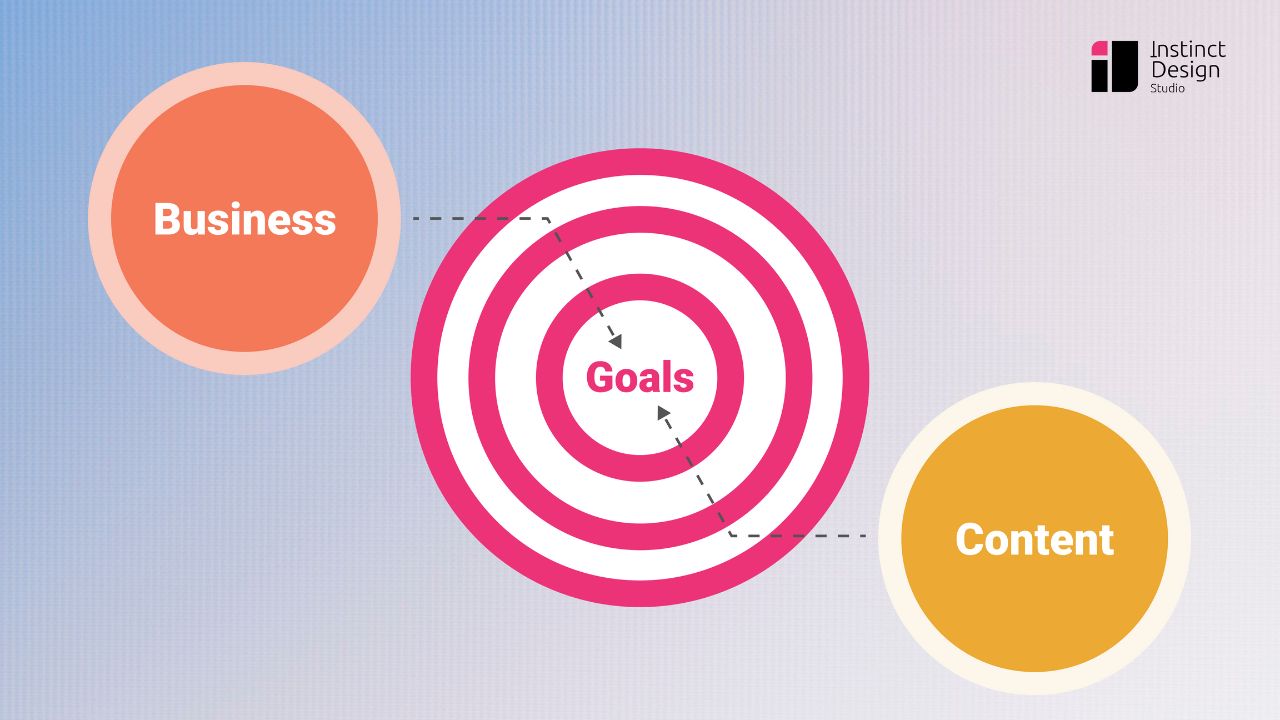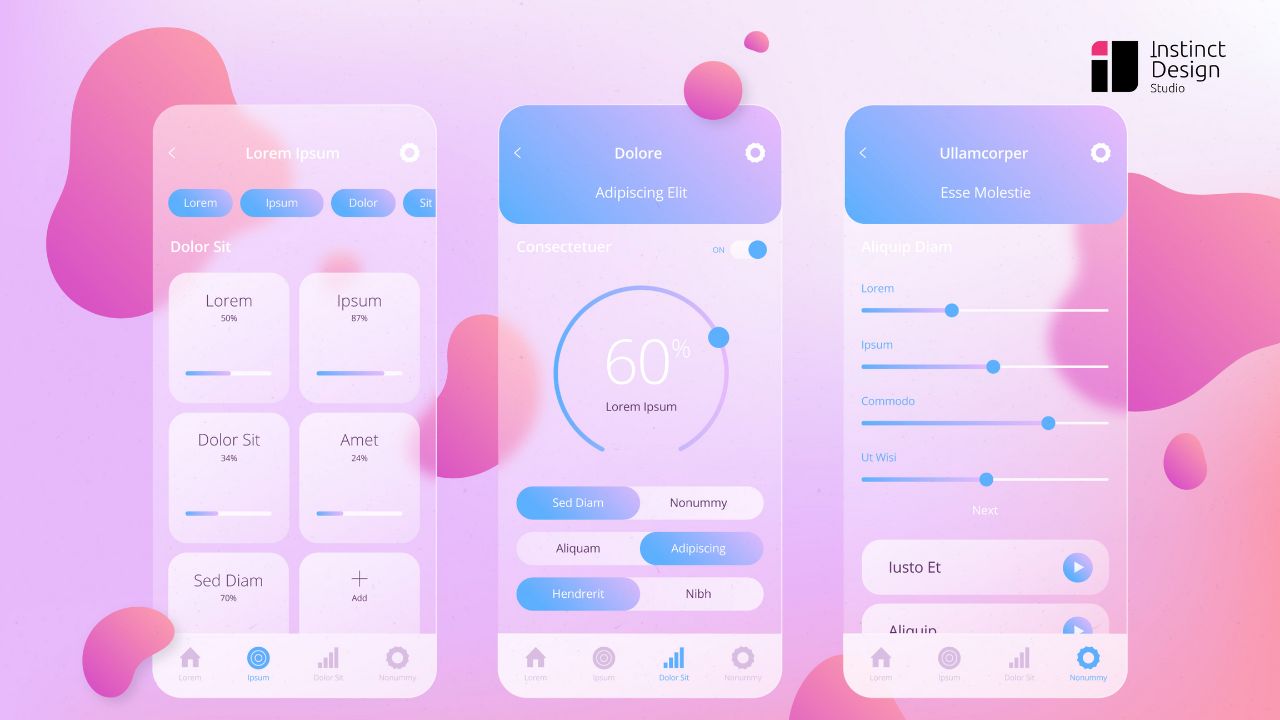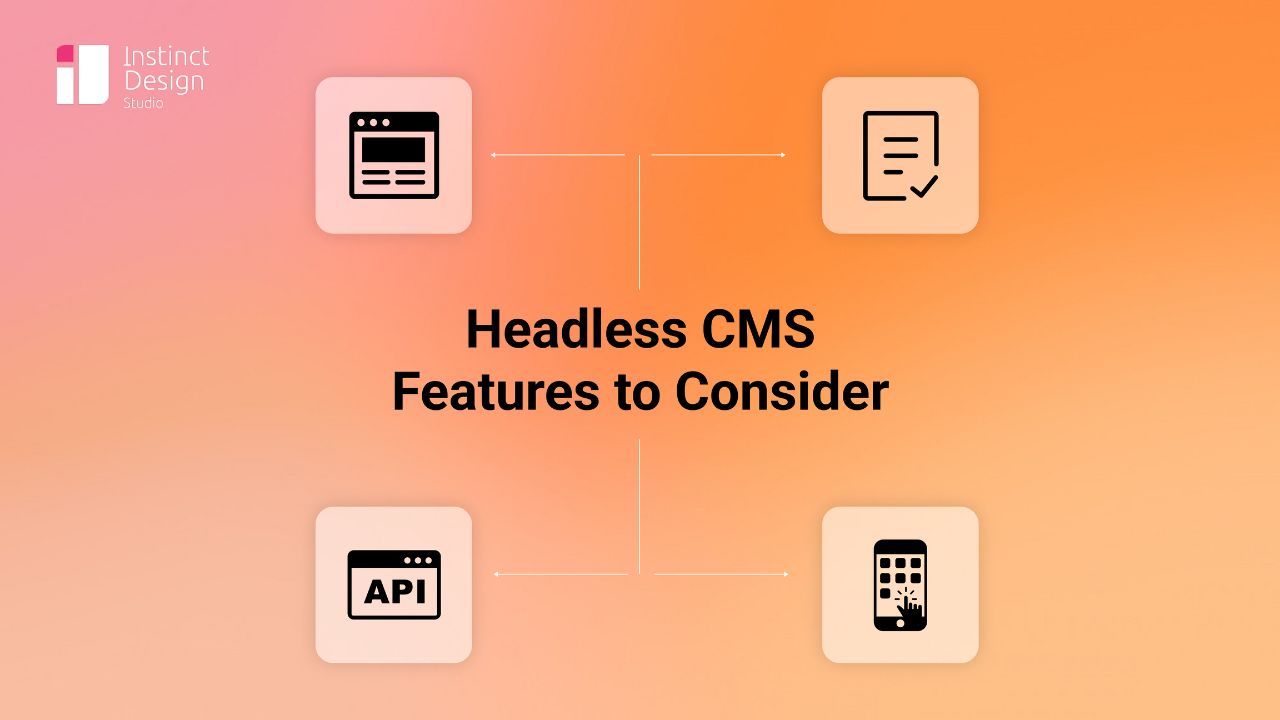
Headless CMS is a hot topic today. With many businesses demanding a strong online presence, making your website marketing-ready is crucial.
But for that, you require the right content management system that can create the best pathway for your teams – to simplify organizing, publishing, and updating digital content..
A headless CMS (Content Management System) focuses on updating mobile apps, websites, and digital channels, separating the content back-end from its display. This approach gives developers and companies the freedom to work on the presentation layer independently.
Result? Faster updates and a more flexible digital experience. A headless CMS removes many limitations found in traditional systems that tie content to fixed layouts.
If you are concerned about headless CMS implementation for your business, we have got you covered. This guide covers all aspects, helping you choose the best headless content management system for your company’s needs.
TL;DR
- Headless CMS separates the back-end from the front-end, offering more flexibility, speed, and omnichannel content delivery.
- Start by defining your content and business goals to ensure your CMS supports your overall strategy.
- Evaluate your current tech stack to confirm it can integrate well with a headless architecture.
- Prioritize performance and scalability—especially if you expect high traffic or future growth.
- Check system architecture compatibility, ensuring it supports decoupling and efficient content distribution.
- Security and compliance are non-negotiable, especially for businesses handling sensitive data.
- Look for a CMS that’s both developer-friendly and easy to use for non-tech users.
- Essential features include flexible APIs, content modeling, localization support, and seamless multi-channel publishing.
- Assess vendor credibility, pricing models, and perform a pilot test before making a final decision.
- Choosing the right headless CMS can improve performance, speed up content deployment, and enhance user experience across platforms.
Step-by-Step Guide to Choose the Best Headless CMS
Our guide breaks down the steps of choosing a CMS, addressing core features and integrations.
Step 1: Define Your Business and Content Goals

Start by clarifying your business vision, detailing the content types you rely on and the channels that reach your audience. It will lay the foundation for a headless web application that offers a genuine experience across different platforms.
Your approach must involve pinpointing measurable goals, understanding the target audience and their needs, and making sure your strategy aligns with business needs. A focused approach here drives success in all subsequent digital decisions.
Step 2: Assess Technical Requirements

Investigate your technical environment to confirm it can handle a headless approach. Scrutinize API functionality, data integration, and security protocols to meet business demands.
Compare your existing tools with future requirements and evaluate vendor support and documentation. This systematic assessment identifies areas for improvement and ensures your technology aligns with long-term goals.
The process validates your digital infrastructure, priming it for growth and a competitive edge in an evolving marketplace.
Step 3: Consider Performance and Scalability

The third step involves reviewing your system architecture to confirm that a decoupled setup fits your digital strategy. Conduct tests to verify your system scales without compromising speed.
Next, compare the options of the best open source headless CMS to pinpoint a solution that meets your needs. Verify that the platform supports rapid headless content delivery, guaranteeing consistent user experiences during high-traffic periods and ongoing content updates.
Step 4: Examine System Architecture

Review your system architecture to confirm that a decoupled setup fits your digital strategy. A decoupled system supports various digital touchpoints while allowing independent evolution of the front and back ends.
Understanding the difference between CMS and headless CMS can clarify the benefits of separating content management from presentation.
Moreover, ensure your platform is designed for efficient headless content delivery, guaranteeing that updates reach every channel quickly and reliably.
Step 5: Analyze Security and Compliance

Data protection is non-negotiable in today’s online environment. Examine if your chosen platform complies with industry regulations and protects sensitive data. Strong encryption, regular audits, and vulnerability assessments are essential.
Integrating a secure headless content delivery framework can enhance data integrity while supporting agile headless CMS development.
During CMS selection, evaluate security features to ensure your business remains resilient against emerging threats. Thorough analysis now prevents costly breaches later.
Step 6: Review Ease of Use and Developer Tools

An effective CMS must be user-friendly and offer extensive developer tools. Its interface should simplify daily tasks for non-technical staff while providing resources to support headless cms development. A system designed for smooth, headless content delivery optimizes performance across channels.
During CMS selection, scrutinize available features, integrations, and customization options. Balancing usability with technical flexibility ensures the platform empowers your team and fosters rapid innovation.
Step 7: Headless CMS Features to Consider

The mention of scrutinizing the features brings us to consider what elements must be there, which are non-negotiable. The right headless CMS features can align with your business objectives.
Prioritize:
- Flexible APIs in CMS are crucial for flawless integration with different platforms and tools.
- The CMS must support content modelling, creating, and managing structured, reusable content components.
- The CMS should facilitate content delivery across websites, mobile apps, and IoT devices.
- Translation support and localization are other crucial features for managing multilingual content efficiently.
- Additionally, CMS must be capable of handling growth and maintaining performance during traffic spikes.
Additional Steps to Consider:
- Check Vendor Reputation and Community Support: Assessing the credibility of headless CMS platforms involves researching vendor history and community engagement. Active communities often lead to quicker issue resolution and a wealth of shared resources, enhancing your project’s success.
- Compare Pricing Models and Cost Implications: When exploring headless CMS options, compare their pricing models carefully. Consider the upfront costs and long-term expenses such as maintenance, scaling, and support services.
- Pilot Test the CMS: A pilot test of the chosen headless CMS is essential to validate its functionality and ease of use. This process helps identify potential issues and confirms the platform’s suitability for your content strategy. It is the ultimate step before finalizing your choice.
Transform Your Content Management
Empower your business with a headless CMS to deliver content seamlessly across platforms.
Get Started Today!Benefits of a Headless CMS: Especially the Right One
Selecting the right headless CMS can boost your digital strategy.
- Such flexibility benefits businesses that provide consistent experiences on websites, mobile apps, and emerging technologies.
- This architecture also benefits bloggers seeking the best headless CMS. It provides unparalleled customization and faster content deployment. By decoupling content creation from presentation, writers can focus on producing quality material without being constrained by front-end limitations. As a result, it will streamline workflows, improving website performance and load times, which are crucial for retaining readers and improving search engine rankings.
- Commercial business models also benefit from adopting the best headless CMS for e-commerce. The decoupled nature allows seamless integration with various front-end technologies, personalized shopping experiences, and efficient content management. This adaptability guarantees instant response to market trends and customer preferences, maintaining a competitive edge.
- The separation of back-end and front-end components allows for independent scaling. It also verifies optimal performance during traffic surges. Additionally, the isolated architecture reduces vulnerabilities, bolstering overall system security.
Is a Headless CMS Worth the Investment?
We believe implementing a headless CMS is a very strategic and beneficial move. This unique approach lets your business adapt swiftly to the emerging technologies and platforms, which is the need of this digital shift.
The best headless CMS will verify that your content remains relevant and accessible, while staying competitive in this moving online ecosystem. This efficiency translates into cost savings and a more agile content strategy.
We Guide Your CMS Choice
Our expert guidance helps you select the perfect headless CMS to boost agility, reduce costs, and stay competitive.
Save Time with Expert Advice



